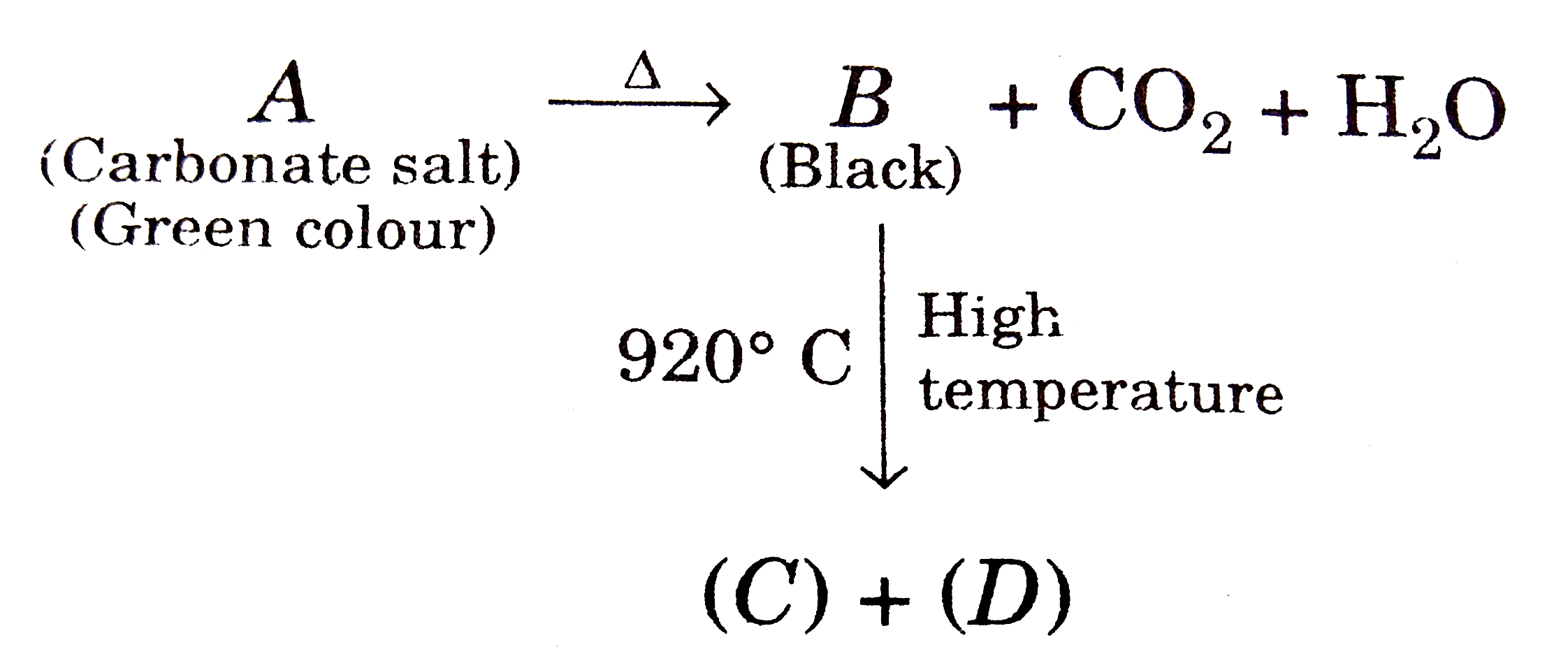Select the correct matchp
Petunia(plant),Opposite (Phyllotaxy) , G_(2) (gynoecium)
Soyabean (Plant) Alternate(phyllotaxy) G1(Gynoecium)
Mustard (Plant) Whorled (Phyllotaxy) G2(Gynoecium)
Aloe(Plant) Alternate(phyllotaxy) G3(gynoecium)
To solve the question of selecting the correct match, we will analyze each option provided in the question based on the information given in the video transcript.
1. Identify the First Option: Petunia
- Petunia is mentioned to have opposite phyllotaxy, which means the leaves are arranged oppositely on the stem.
- Additionally, it is stated that Petunia has a bicarpillary structure, meaning it has two carpels in its female reproductive structure.
- Conclusion: The first option is correct.
2. Identify the Second Option: Soybean
- The transcript mentions that soybean is known for having alternate phyllotaxy.
- However, it incorrectly states that soybean has opposite phyllotaxy.
- The gynoecium (female reproductive structure) in soybean is described as monocarpillary, which is also incorrect as soybean typically has multiple carpels.
- Conclusion: The second option is incorrect.
3. Identify the Third Option: Mustard
- The transcript states that mustard is known for having hold phyllotaxy, which is incorrect.
- Mustard actually exhibits alternate phyllotaxy where leaves are arranged alternately on the stem.
- Therefore, the information provided about mustard is not accurate.
- Conclusion: The third option is incorrect.
4. Identify the Fourth Option: Aloe
- The video mentions that aloe has alternate phyllotaxy but incorrectly states that it has opposite phyllotaxy.
- This is a contradiction, as aloe typically exhibits alternate leaf arrangement.
- Conclusion: The fourth option is incorrect.
Final Conclusion:
Based on the analysis, the only correct match is the first option regarding Petunia.
- Petunia is mentioned to have opposite phyllotaxy, which means the leaves are arranged oppositely on the stem.
- Additionally, it is stated that Petunia has a bicarpillary structure, meaning it has two carpels in its female reproductive structure.
- Conclusion: The first option is correct.
- The transcript mentions that soybean is known for having alternate phyllotaxy.
- However, it incorrectly states that soybean has opposite phyllotaxy.
- The gynoecium (female reproductive structure) in soybean is described as monocarpillary, which is also incorrect as soybean typically has multiple carpels.
- Conclusion: The second option is incorrect.
- The transcript states that mustard is known for having hold phyllotaxy, which is incorrect.
- Mustard actually exhibits alternate phyllotaxy where leaves are arranged alternately on the stem.
- Therefore, the information provided about mustard is not accurate.
- Conclusion: The third option is incorrect.
- The video mentions that aloe has alternate phyllotaxy but incorrectly states that it has opposite phyllotaxy.
- This is a contradiction, as aloe typically exhibits alternate leaf arrangement.
- Conclusion: The fourth option is incorrect.
Based on the analysis, the only correct match is the first option regarding Petunia.
Topper's Solved these Questions
Similar Questions
Knowledge Check
Select the correct matching
 ATH Morgan - TransductionBF2× Recessive parent - Dihybrid crossCRibozymes - Nucleic acidDG Mendel - Transformation
ATH Morgan - TransductionBF2× Recessive parent - Dihybrid crossCRibozymes - Nucleic acidDG Mendel - Transformation
Select the correct statements:ACompound (A) is basic copper carbonateBCompound (B)CuOCCompound (C) is Cu2ODCompound (D) is paramagnetic in natureSelect the correct staetment:
AMagnetite is an ore of maganeseBPyrolusite is an ore of leadCSiderite is carbonate ore of ironDFeSO2 is rolled gold
